The Attic Insulation Mesa, AZ and Nearby Areas Depend On
As the most trusted name in attic insulation in Mesa, AZ and the nearby areas, Active Shield Insulation provides a variety of expert services to keep your home as safe and comfortable as possible. No matter what kind of insulation services you seek, you can count on Active Shield Insulation to provide the most comprehensive care at the most accessible and affordable prices. We are devoted to your satisfaction and contentment and we will stop at nothing to provide that to you. It’s no wonder we are the most dependable name in attic insulation in Glendale, AZ and the neighboring areas!
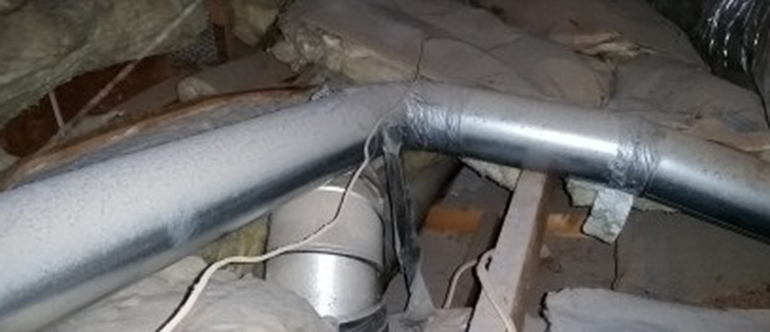
Insulation Removal
Is the insulation in your home fire damaged or water damaged? Is it contaminated with smoke smell, rodent droppings, bird waste, insects, or other foreign material? Is it in such bad shape that you just want a clean slate and start over? If so, this could seriously effect your air conditioning unit causing excessively high electric bills.
We can vacuum out all of your old insulation and then install fresh new insulation. Extraction prices vary per job; starting from just $0.75/ SF. Factors that effect the price include access, material, quantity, disposal, and the condition.
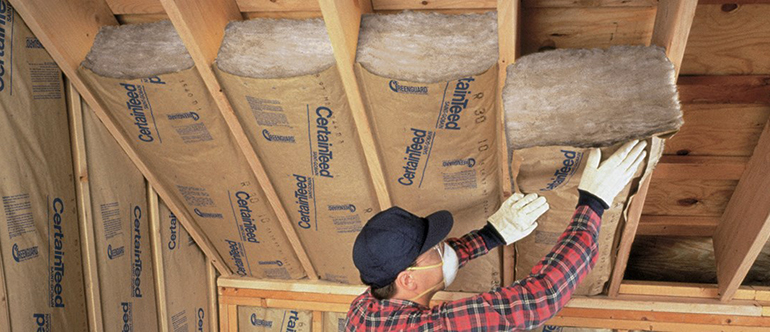
Rolled Batt Insulation
Batt insulation consists of long rolls of insulation fibers, which are held together with a paper or reflective foil backing. The insulation fibers may be comprised of fiberglass, cellulose, mineral wool or even recycled blue jeans. While rolled batting works well for expansive spaces, it does not fill tight, awkward spaces well — regardless of material. A professional installer will need to tailor bits of insulation to fit around framing and electrical junction boxes, where it’s easy to leave voids.
- Best for: Attics with standard spacing of joists, new construction free of obstructions or existing insulation
- R-value (resistance to heat flow) per inch:
- Fiberglass: 2.9 – 4.3
- Cellulose: 3.7 – 3.8
- Mineral wool: 3.0 – 3.3
- Cotton: 3.7 – 3.8
- Average cost: $2,091
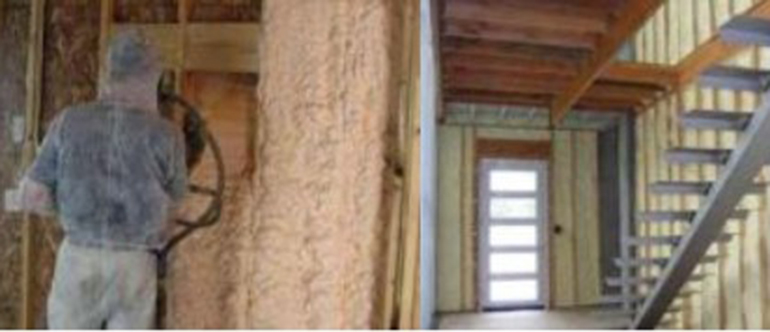
Spray Foam Insulation
Spray foam insulation is applied as a liquid and quickly expands almost 100 times its size into a thick foam that fits snugly in wall cavities, crevices, and gaps—ensuring no missed areas.
Additionally, it can be installed in hard-to-reach areas, and around piping and wiring. Spray foam insulation can help:
- Eliminate air leaks
- Reduce your energy bills and maximize the energy efficiency of your home or building
- Make your home or building more comfortable year round
- Reduce noises from both outside and inside, between different rooms and levels
- Improve the performance of your HVAC systems
- Contribute to a healthier environment
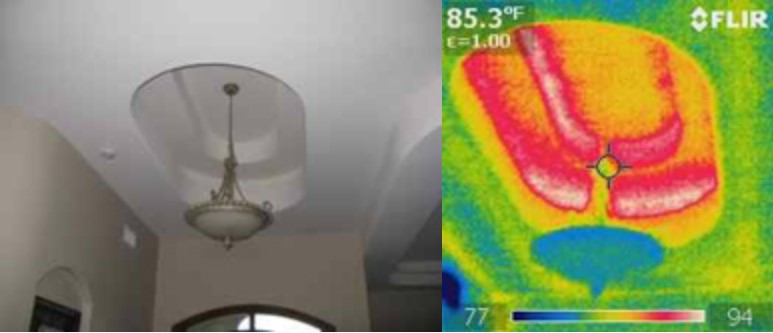
Thermal Imaging
Thermal Imaging Reveals Missing Insulation
Ecosystems provide thermal imaging services to detect missing insulation. A “Thermal Imaging” Camera is used to detect defects in your home insulation. Using the differences in drywall temperatures, the camera paints a picture of how your insulation is performing. It is non-destructive, allowing you to see inside walls in the attic without damaging drywall. Combined with a physical attic inspection it is a great way to assess the
- Missing insulation left by remodelers where ceiling was removed
- Missing insulation on knee walls
- Detects Air Conditioning duct leaks
- Shows if the builder forgot to insulate walls
- Identifies un-insulated wall cavities
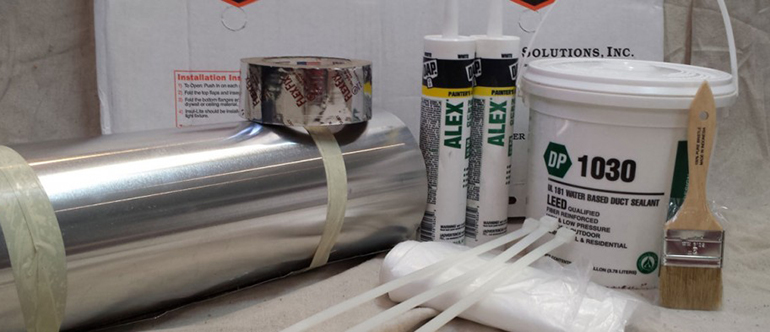
Duct Sealing
According to APS, “A leaky duct system can cost up to $200 per year.” Most homes will benefit greatly from a thorough duct seal. Attic ductwork often exhibit poorly sealed connections or disconnected ducts. Blowing conditioned air directly into your attic or pulling in hot air from your attic is wasting money. It’s like when one of your $4 spark plugs goes out on your car, it still runs and you may not notice, just not very efficiently and waste money.
Duct seals include:
- Removing old, dried-out duct tape and broken straps, then replacing with specialized foil tape or Panduit straps (zip-ties)
- Sealing of collar rings, hard duct seams, plenums, and distribution boxes with an approved mastic
- Caulking of interior registers between drywall and the metal ductwork
- Replacing corroded metal ductwork and deteriorated flex duct (parts are extra)
- Re-strapping suspended ducts if needed
- Taping serviceable areas of air conditioner
- Cleaning out debris from overflow condensate pan
- Inspect for holes
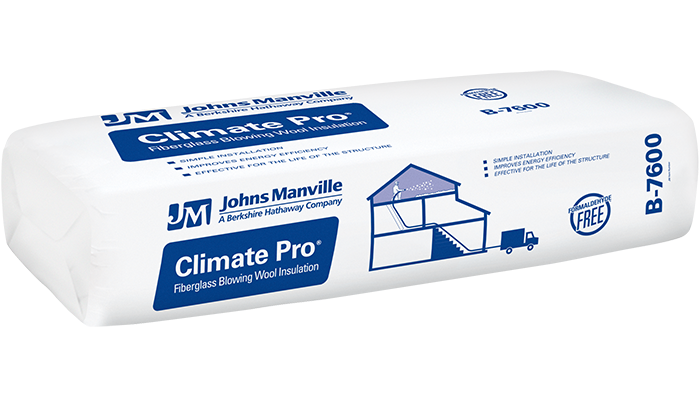
Blown-In Insulation
Blown-in (aka blow-in) insulation is loose fill material installed using a truck-mounted or portable machine and blown into the attic through a hose. Blown-in is used for new construction and retrofitting existing attics with additional insulation. R-values for blown-in are determined by the material, installed/settled depth, and density. See below for Homeowner vs. Installer benefits for cellulose and fiberglass.
